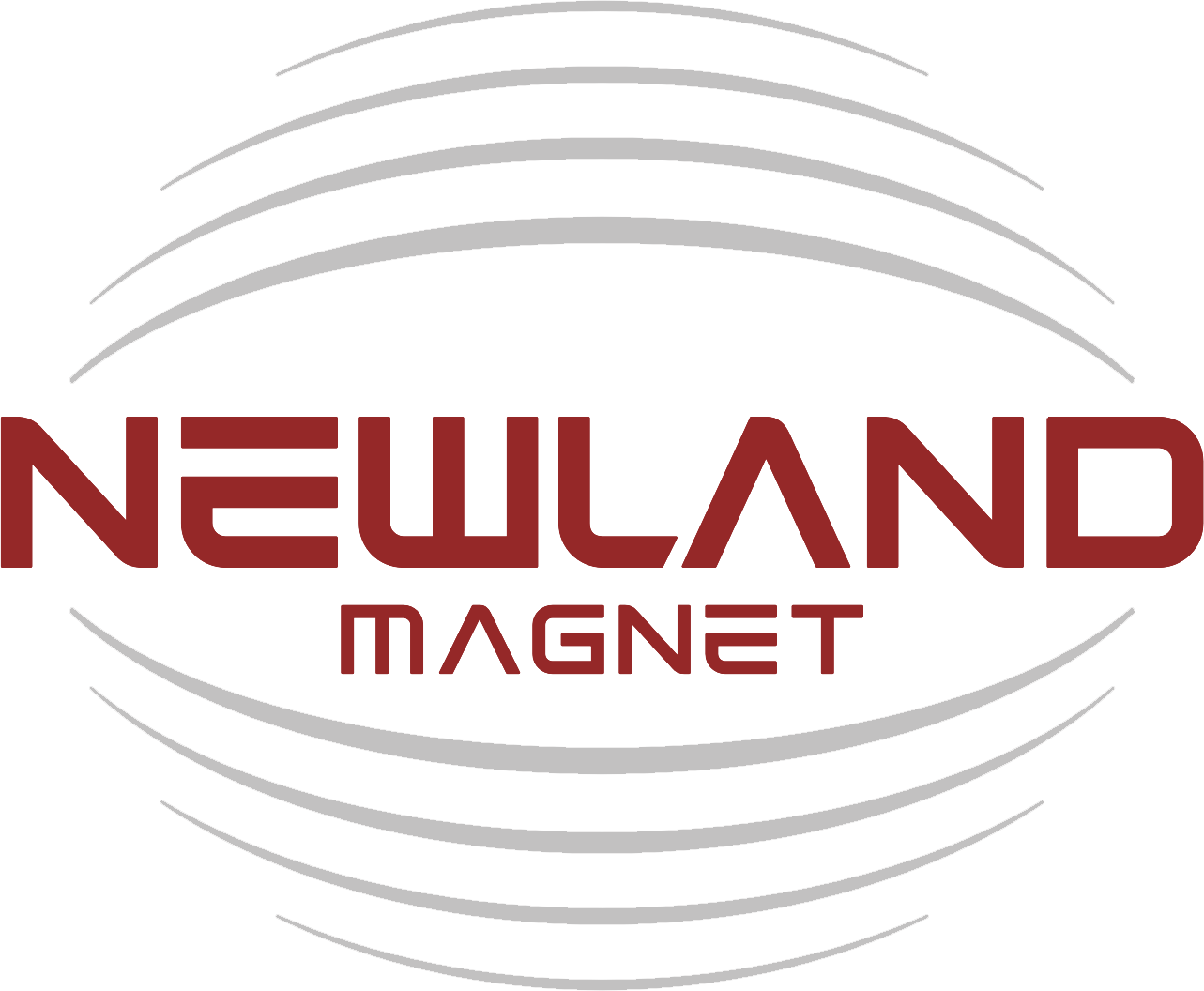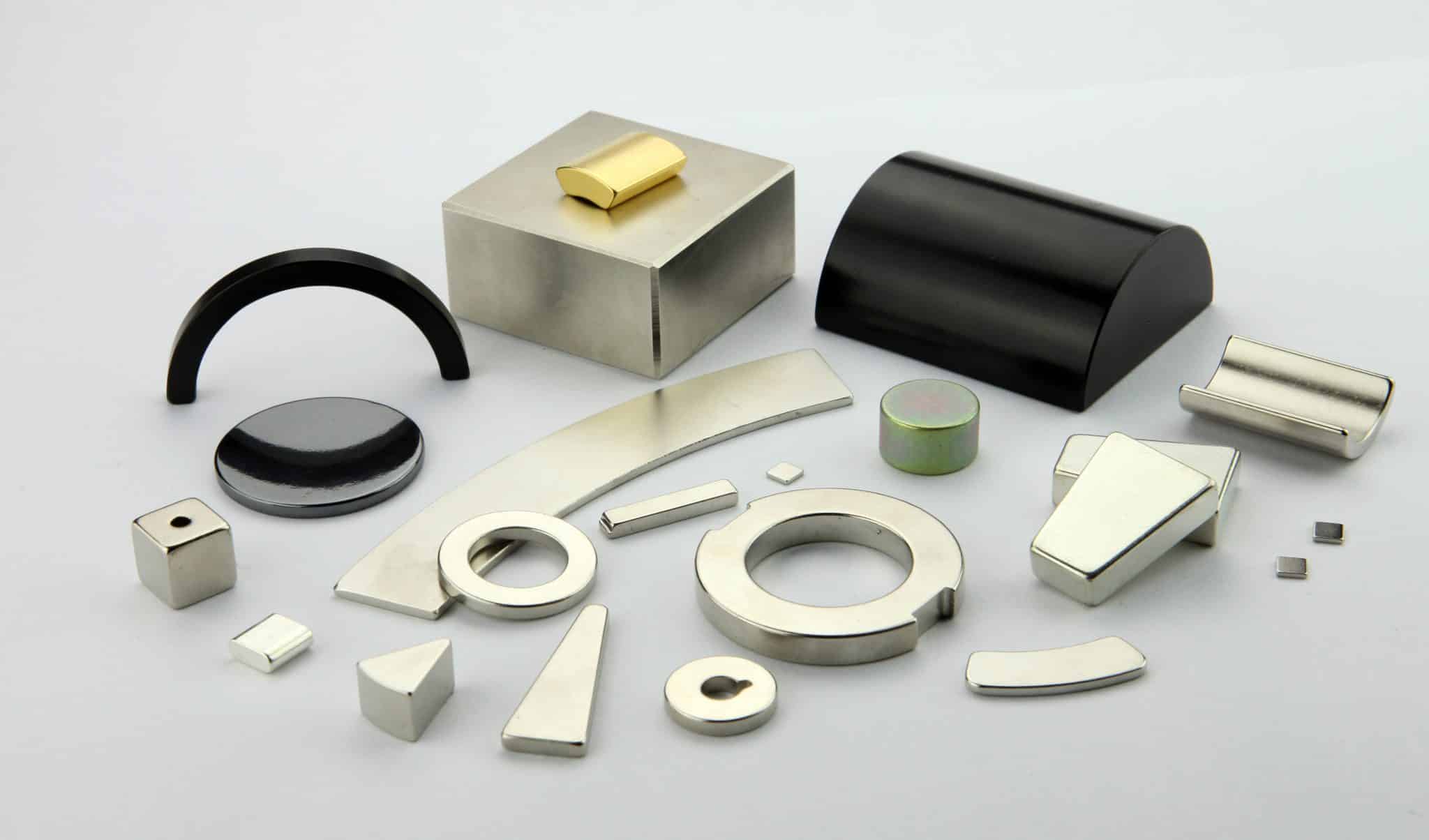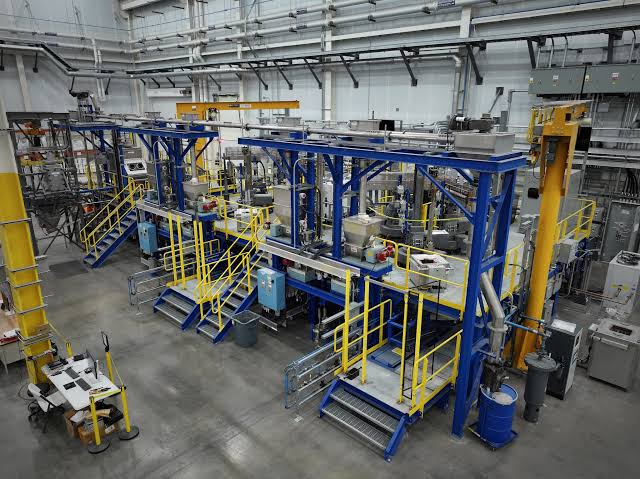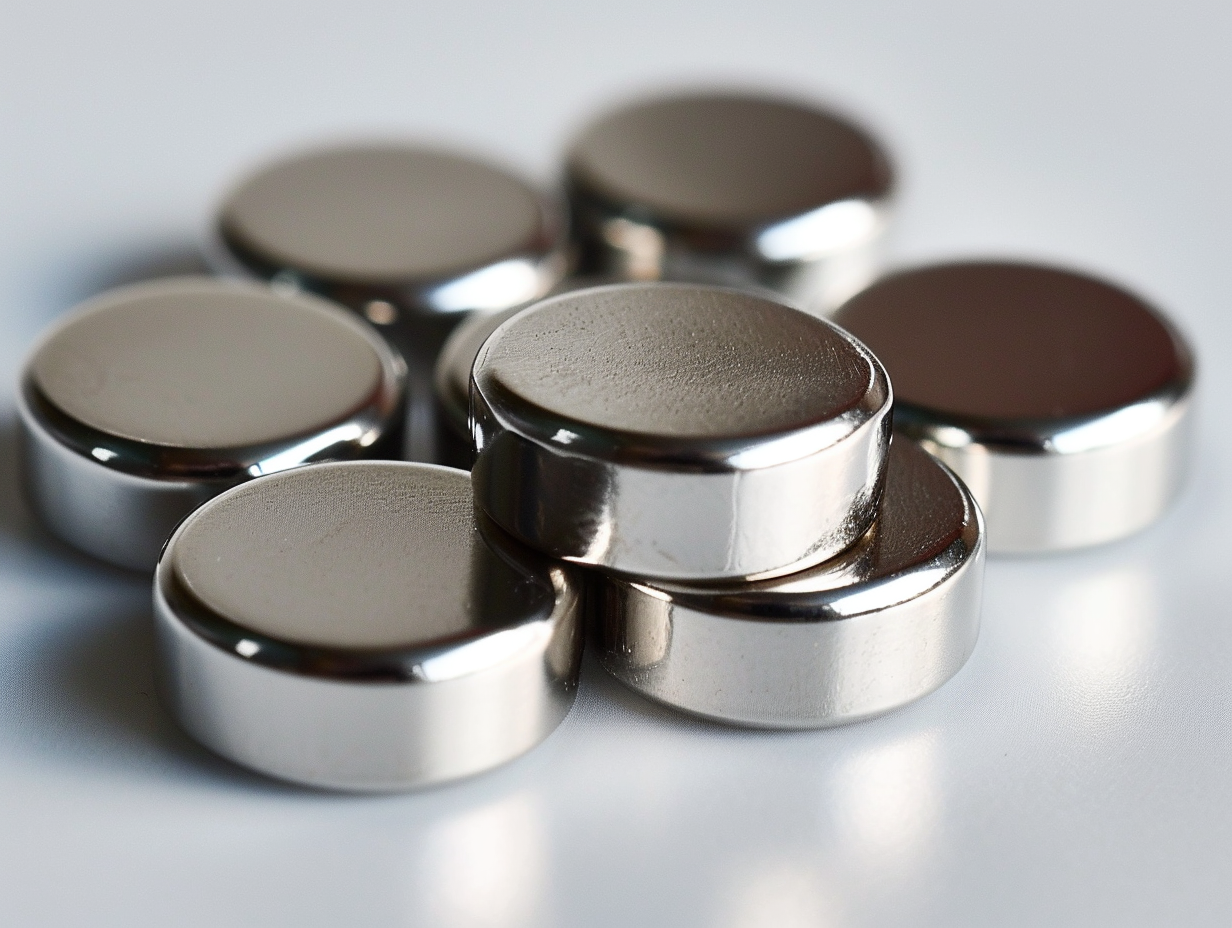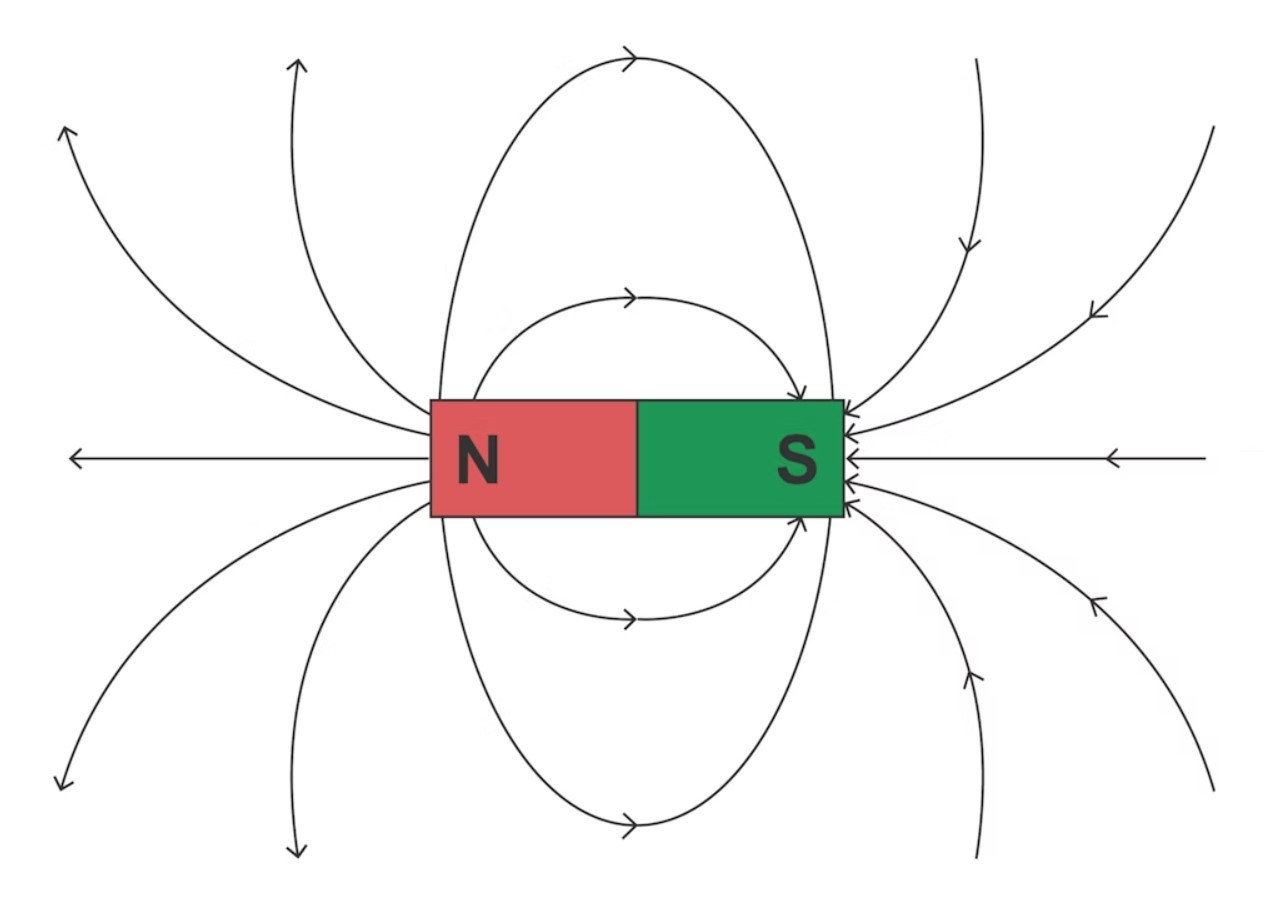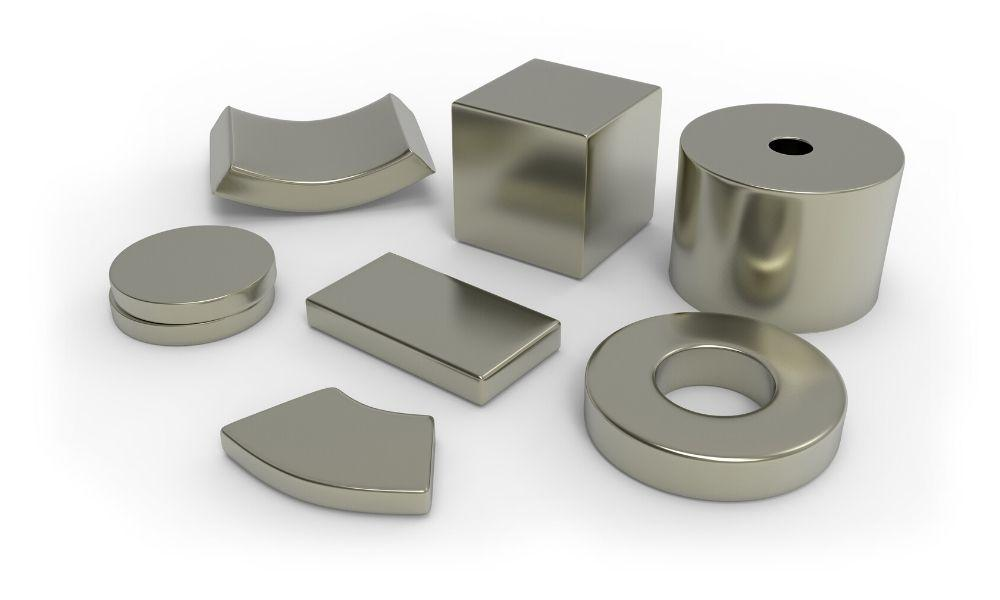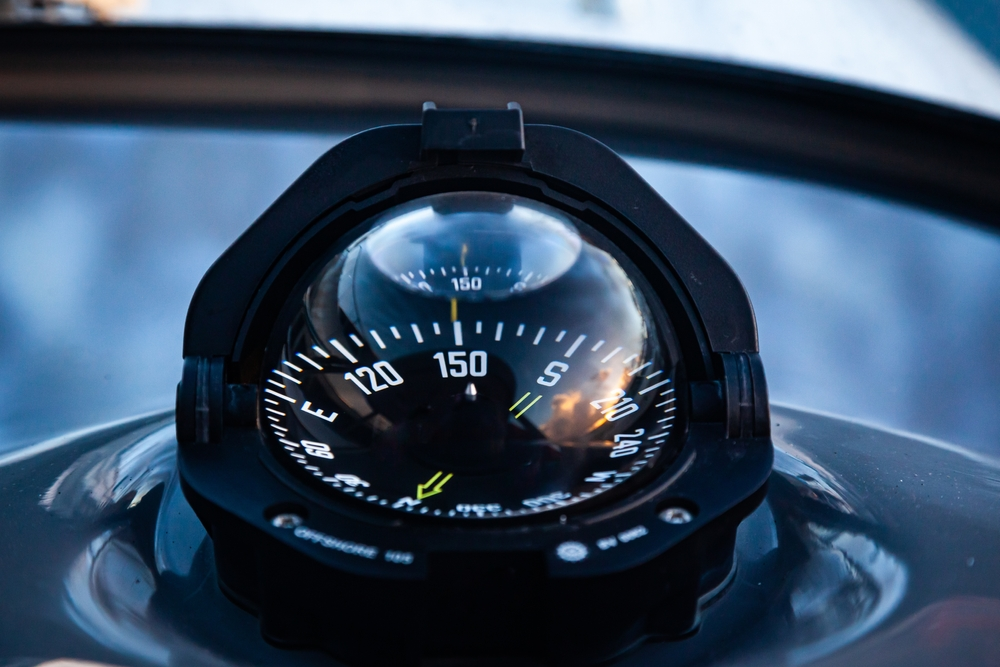What is Neodymium Magnets?
Neodymium magnets, also known as NdFeB magnets, are the strongest rare-earth magnets available today. These magnets are composed of an alloy of neodymium, iron, and boron, which gives them their incredible strength and unique properties.
The Key Characteristics of Neodymium Magnets.
One of the defining characteristics of neodymium magnets is their exceptional magnetic strength. They are the strongest type of permanent magnets available, with an energy product (BH)max that can reach up to 52 MGOe (Mega Gauss Oersteds). This means that a small neodymium magnet can exert a force that is significantly greater than traditional ferrite or alnico magnets of the same size.
Another remarkable property of neodymium magnets is their ability to be easily magnetized and demagnetized. This allows for precise control and manipulation of their magnetic fields, making them ideal for a wide range of applications. Additionally, neodymium magnets are highly resistant to demagnetization, maintaining their strength even in the presence of strong external magnetic fields or elevated temperatures.
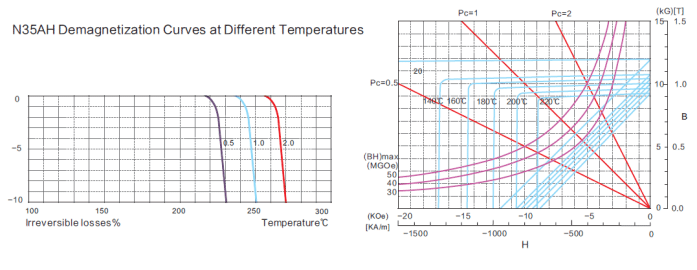
In addition, NdFeB magnets are more resistant to corrosion than other magnets through different ways of surface treatment. There are usually coatings (nickel, copper or epoxy) to prevent corrosion.
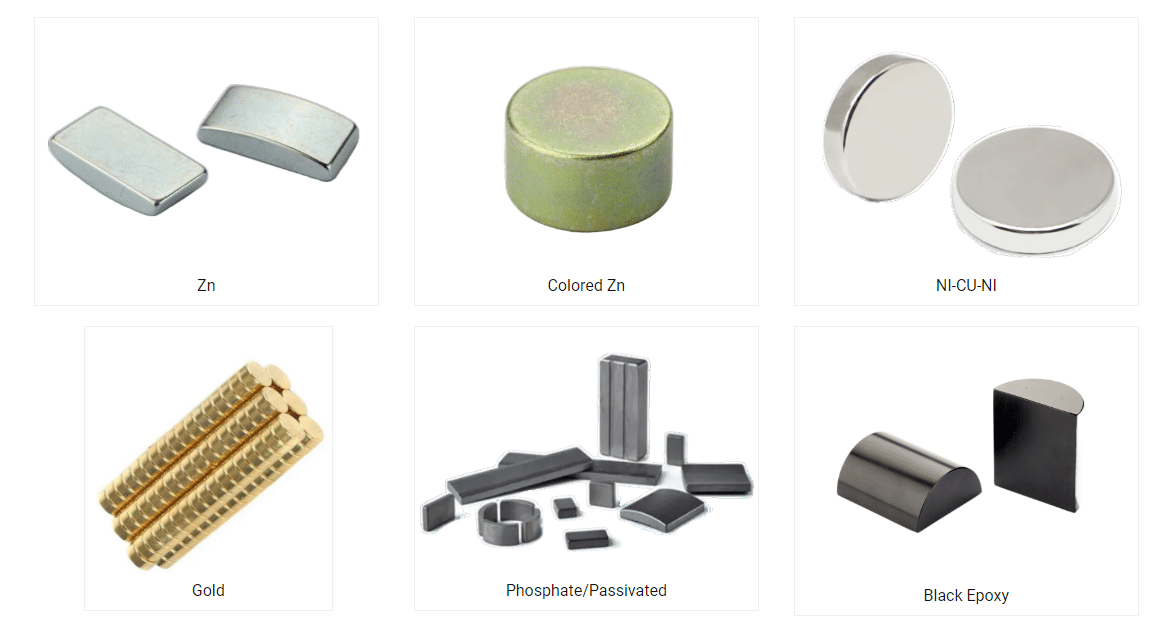
Applications of Neodymium Magnets.
The exceptional properties of neodymium magnets have led to their widespread adoption across various industries, revolutionizing numerous applications.
Automotive: Neodymium magnets are extensively used in electric vehicle motors, offering compact yet powerful solutions.
Consumer Electronics: They are found in hard drives, headphones, smartphones, and microphones due to their powerful magnetic field in small sizes.
Renewable Energy: Wind turbines and electric motors benefit from neodymium magnets for their energy efficiency and durability.
Medical Equipment: Used in MRI scanners and other medical devices for their strong and stable magnetic fields.
Grades of Neodymium Magnets.
Different grades (e.g., N35, N42, N52) indicate varying magnetic strengths. Higher numbers represent stronger magnets, with N52 being one of the strongest grades commercially available.
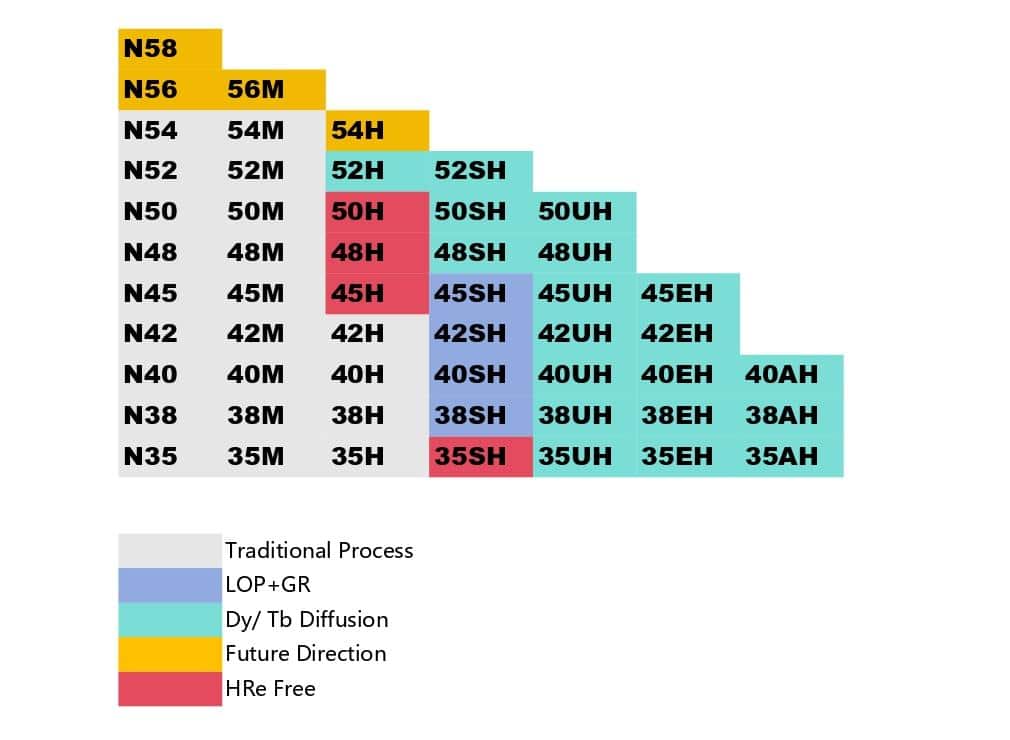
Advantages of neodymium magnets over other types
Neodymium magnets offer several distinct advantages over other types of magnets, making them the preferred choice in a wide range of applications.
Exceptional strength-to-size ratio:These magnets can generate incredibly powerful magnetic fields while maintaining a compact and lightweight design. This allows for the creation of smaller, more efficient, and more versatile devices and components, revolutionizing industries ranging from electronics to robotics.
Exceptional resistance to demagnetization: Unlike traditional ferrite or alnico magnets, neodymium magnets can maintain their magnetic properties even in the presence of strong external magnetic fields or elevated temperatures. This durability and reliability make them ideal for long-term use in demanding applications, such as industrial equipment and transportation systems.
High degree of customizability: With the ability to tailor their magnetic properties to specific requirements. This flexibility allows engineers and designers to create innovative solutions that precisely meet the needs of their applications, whether it’s in medical devices, renewable energy systems, or consumer electronics.
How to choose the right neodymium magnet for your needs.
Selecting the right neodymium magnet for your application can be a crucial decision, as these magnets come in a wide range of sizes, shapes, and magnetic strengths. To ensure you choose the optimal magnet for your needs, consider the following factors:
Magnetic strength: Neodymium magnets are available in various grades, each with a different level of magnetic strength. Determine the specific magnetic force required for your application and select a magnet that meets or exceeds that requirement.
Size and shape: The size and shape of the neodymium magnet will depend on the available space and the specific design constraints of your project. Consider the dimensions and form factor that will best integrate with your application.
Temperature tolerance: Neodymium magnets can lose their magnetism when exposed to high temperatures. If your application involves elevated temperatures, choose a magnet with a higher temperature rating to ensure reliable performance.
Coating and finish: Neodymium magnets can be coated or plated with materials like nickel, copper, or zinc to improve their corrosion resistance, appearance, and surface properties. Select the appropriate coating based on the environmental conditions and aesthetic requirements of your project.
Quantity and cost: Depending on your project’s scale and budget, you may need to consider the cost per unit and the availability of the neodymium magnets. Larger quantities often come with volume discounts, while smaller orders may require more specialized sourcing.
By carefully evaluating these factors, you can select the neodymium magnet that perfectly matches your application’s needs, ensuring optimal performance, reliability, and cost-effectiveness.
